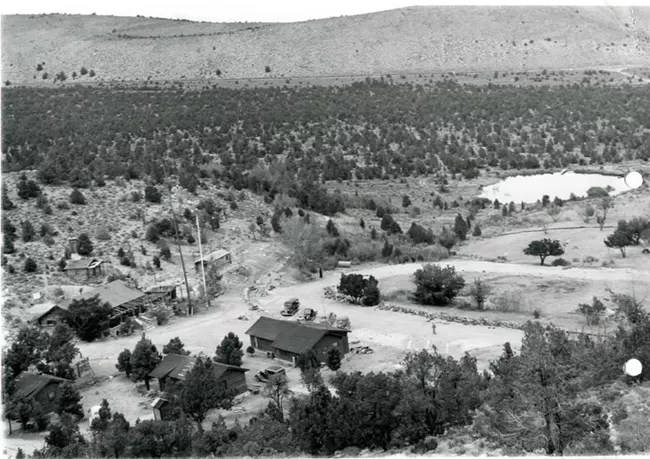Part of a series of articles titled The Midden - Great Basin National Park: Vol. 22, No.1, Summer 2022.
Article
Thinning Project Outreach

NPS Photo
By Julie Long, Supervisory Biological Science Technician and Bryan Hamilton, acting Integrated Resource Management Program Manager
In October 2021, fire crews began work on the 65-acre Boundary Thin. This is one of several projects the park is working on to reduce fuels, protect life and property, and restore plants and animals. Based on questions and comments from the community and visitors, we wanted to provide more information on this project.

NPS Photo
Why Should You Care? Tree removal is good for plants and animals. Pinyon and juniper trees compete with grass and sagebrush for water and sunlight. Without fires, trees crowd out sagebrush and grasses. Sage grouse depend on sagebrush habitat and are also declining due to tree encroachment. Tree removal projects like the Boundary Thin are used by biologists to restore native plants and animals, like sage grouse and pygmy rabbits. Historically, low intensity fires burned frequently, holding back tree encroachment, and favoring sagebrush and grasses. These fires, ignited by lightning or Native Americans, are sometimes called good fires. Tree removal is an important first step in reintroducing natural, good fires to the park.
Let’s Keep the Conversation Going! If you have other questions, please contact Bryan Hamilton, acting Integrated Resource Management Program Manager email: e-mail us; phone: 775.234.7563
Additional Information
https://www.sagestep.org/
ttps://pubs.usgs.gov/of/2018/1034/ofr20181034.pdf
https://www.sagegrouseinitiative.com/
Last updated: February 6, 2024
